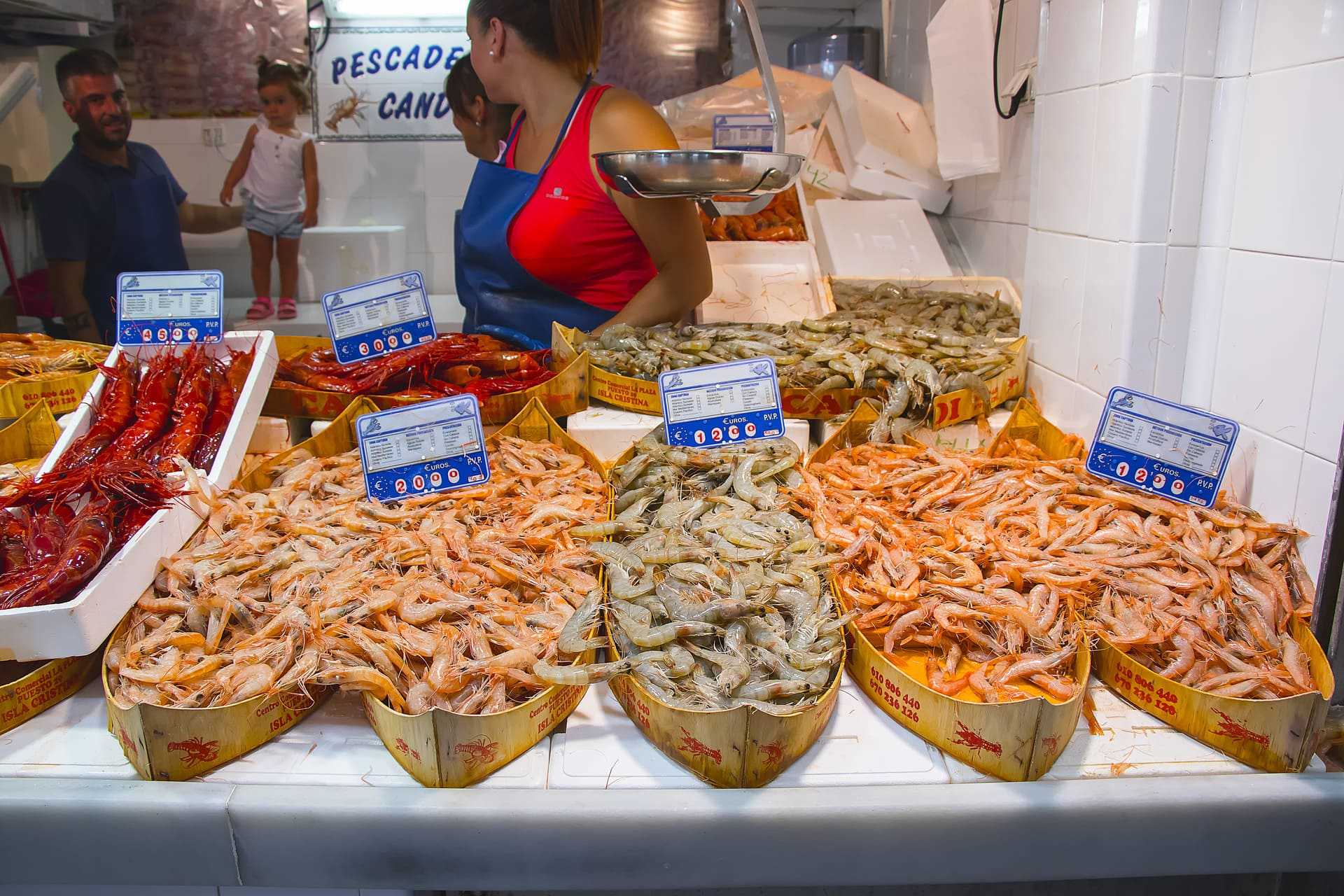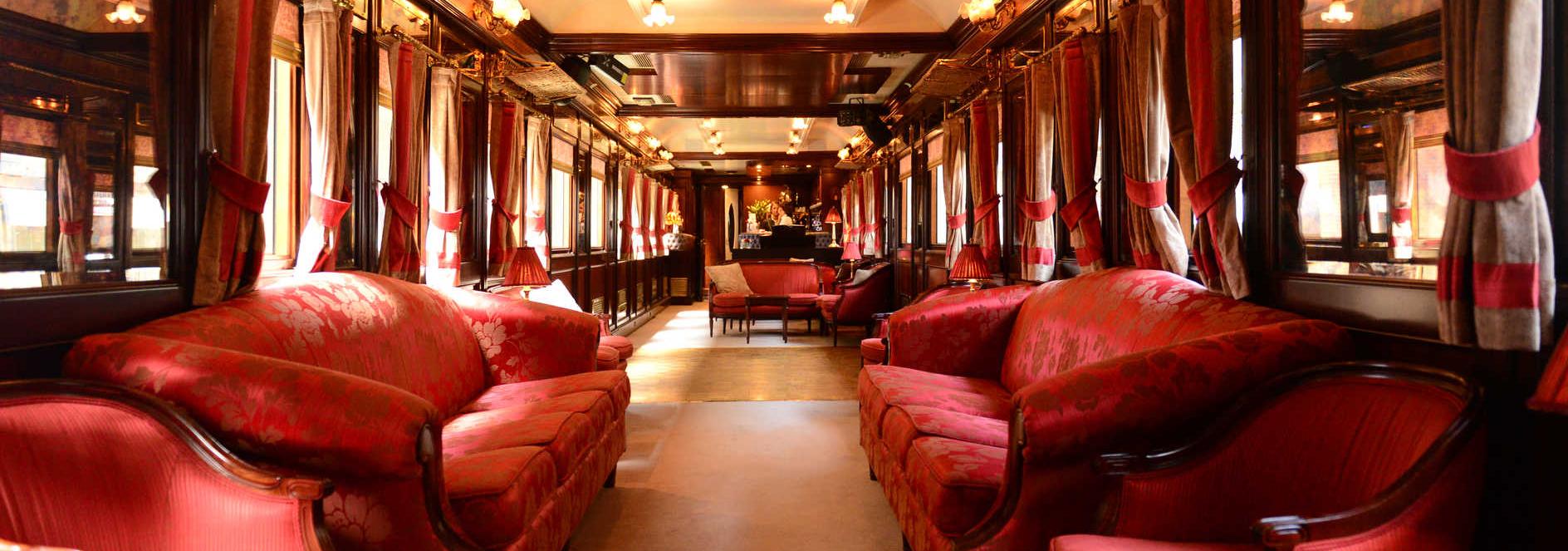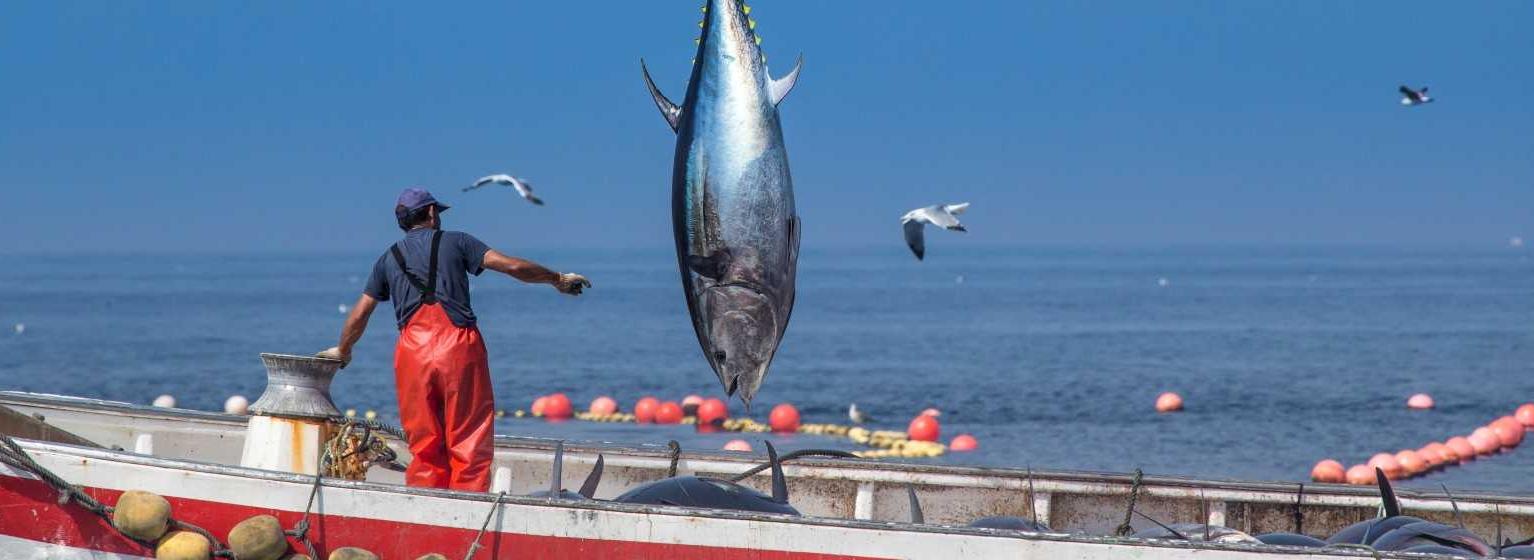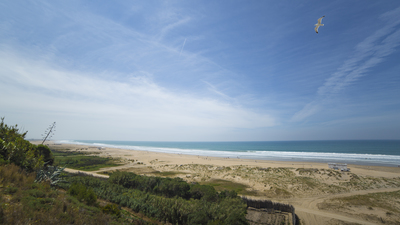Prawns and king prawns: Andalusia with a taste of the sea

In summer, the markets in the fishing villages, where fish and shellfish are auctioned daily, become a great showcase for maritime Andalusia. Prawns from Sanlúcar, white shrimp from Huelva, for many the "Iberian ham of the sea"; but also shrimps from Motril and red prawns from Garrucha, should be classified as "cardinal sin" when they are cooked like they are cooked here.
If you had to choose just one place where the sea breeze and the summer evenings are truly like a dream, this would surely be the Costa de la Luz. In this labyrinth of marshes and sea inlets, from Ayamonte to Isla Cristina, the real star is the Huelva white prawn, which is fished in the sandy sea bottoms along the coast. Tasting the delicious white flesh, never frozen and with the whiskers intact, accompanied by the Atlantic breeze a del Condado de Huelva wine is an unforgettable experience, especially if enjoyed together with the other attractions the area has to offer.
These include Punta del Moral, a fishermen's neighbourhood opposite the Isla Canela, where you will be surrounded by fishing implements and moored boats. It gives its name to the main fishing cooperative in the area, but it has not lost the family atmosphere that has characterised it for decades. The itinerary continues to the Port of Isla Cristina, which boasts 90% of the fresh white prawns consumed in Andalusia. A special seat is reserved in the fish market for visitors who wish to see and exciting fish auction. And the best is yet to come: the Port of Ayamonte, at the mouth of the Guadiana River.
It may seem simple, but the best recipe for making white shrimp is to season it with salt from the Costa de la Luz. Some companies still produce it traditionally, these include companies like Salinas del Alemán, Biomaris, which have updated to be able to offer magnesium and mud baths.
Langoustines from Sanlúcar de Barrameda, landscape and history
Before tourism was accessible to a wide spectrum of the population, Sanlúcar de Barrameda was already a point of reference. In the 19th century, aristocrats and the upcoming bourgeoisie made this 'San Sebastián del Sur' fashionable, for its beaches, for the panoramic view of the landscape, which today is the protected area of Doñana, for the spectacle offered by the mouth of the Guadalquivir River and as always for its gastronomy, with special mention for its manzanilla wine-cellars, its market gardens and its langoustines.
The Sanlúcar fleet in the warm waters of the Gulf of Cádiz consists of over 100 boats that fish both for this magnificent crustacean, with an unusually blue tail, stripes along the back and fat whiskers. They are also fished by the fleets from Rota and Chipiona, where the largest ones they catch are called ‘pablosromeros’ in honour of the fighting bulls raised by the renowned breeder "Pablo Romero".
The tour starts in the Port of Bonanza in the fish market. Another good place to visit is the 18th-century Plaza de Abastos (Market Square). You will also enjoy the magnificent gridded salt pans, such as the Bonanza salt pan, whose activity has been documented since the 14th century. The beauty of this landscape, with its subtle nuances of light and textures, was magnificently captured by the painter Carmen Laffón.
There are numerous bars and restaurants where you can enjoy langoustines, they can be found on renowned beaches, like the Bonanza, Bajo Guía, La Calzada and Las Piletas, the venue in the summer for the renowned horse races.
Shrimps from Motril: from popular tapa to haute cuisine
These are called "quisquillas", from the Spanish word "quisquilloso" which means "someone who worries about insignificant rifles", referring to the size of the shrimp from which it takes its name. They are never more than five centimetres long and a distinguishing feature is the blue colour of the eggs. On Costa Tropical de Granada, this species has its own name: the quisquilla de Motril. It has its own flavour and quality, all due to the unique topography of the coastline and in the contribution made by fresh water that comes down from Sierra Nevada.
It is an essential feature of any good tapas menu and is usually served fried or grilled, with coarse salt, although a number of renowned chefs are giving a new dimension to the recipes that include this wonderful crustacean.
On a guided walking tour through the port or the fish market, the guide will explain that the rocky sea bottoms in the area mean that it is only possible to capture them using traditional pots, a unique and highly sustainable way of fishing. This tasty delicacy goes really well with the enormous variety of subtropical fruits, including mangoes, avocados, guavas and custard apples, that grow in this region where there is a unique microclimate, where the sea and the mountains meet. As an accompaniment, there are the exceptional wines from Granada, with Designation of Origin and wine cellars in the Contraviesa and Alpujarra regions.
The San Agustin Market should not be missed and stands where one of the city gates used to be. Motril is also the port where Sugarcane was embarked heading for America. This enabled the town to be developed and bequeathed a great industrial heritage. The Ingenio de La Palma includes a Visitor Centre where you learn all about this gastronomic culture and traditional knowledge.
Red prawns, the gourmet attraction of Garrucha
If seafood can in any way be called a gastronomic complement for sun and beach tourism, in the town of Garrucha in the province of Almeria, the red shrimp is the main attraction and plays a leading role. It is highly appreciated in gourmet markets and the quality of the catches is due to an ideal temperature of the water and very special topography, with deep sea beds very near the coast.
Under a red shell, the firm flesh has an unmistakable flavour. It can be found in all the town's more than 60 bars and restaurants and it is mainly served grilled. In the port it is called "Garrucha gold", since it represents 11% of the produce that passes through the fish market, which is also a point of reference for rock fish, and generates half of the income.
A stroll through the port to watch the unloading before the auction is an excellent way to fully appreciate the flavours of Garrucha, its history and essence. As a reference, thousands of years ago the enormous port activity in the area was the reason for establishing a settlement. In the 19th century, maritime activity was complemented by mining activities, foundries and the export of metals and minerals. Garrucha was filled with summer mansions, it was separated from Vera and a lighthouse was built. But deep down, the distinguishing feature was still fishing.
The Town Hall was built over an old salt warehouse and today it is a witness that the seafaring essence continues to be prevalent in every corner. The Castle of Jesús Nazareno, built in the 18th century on a high place to enable defence against pirates, today houses the Fishing Visitor Centre. Enjoy the flavour and some amazing seafaring moments!












